As an animal closely associated with human life, the most valuable asset, bringing the most benefits to the village, domestic elephants are considered members of the community.
This animal is an inseparable factor in activities such as communication, social behavior, rituals, traditional festivals, customs, customary law institutions, folk performances, and visual arts of ethnic groups, of which the most prominent is folk knowledge related to hunting and taming wild elephants, which today is replaced by the domestic elephant raising of the M'nong people.
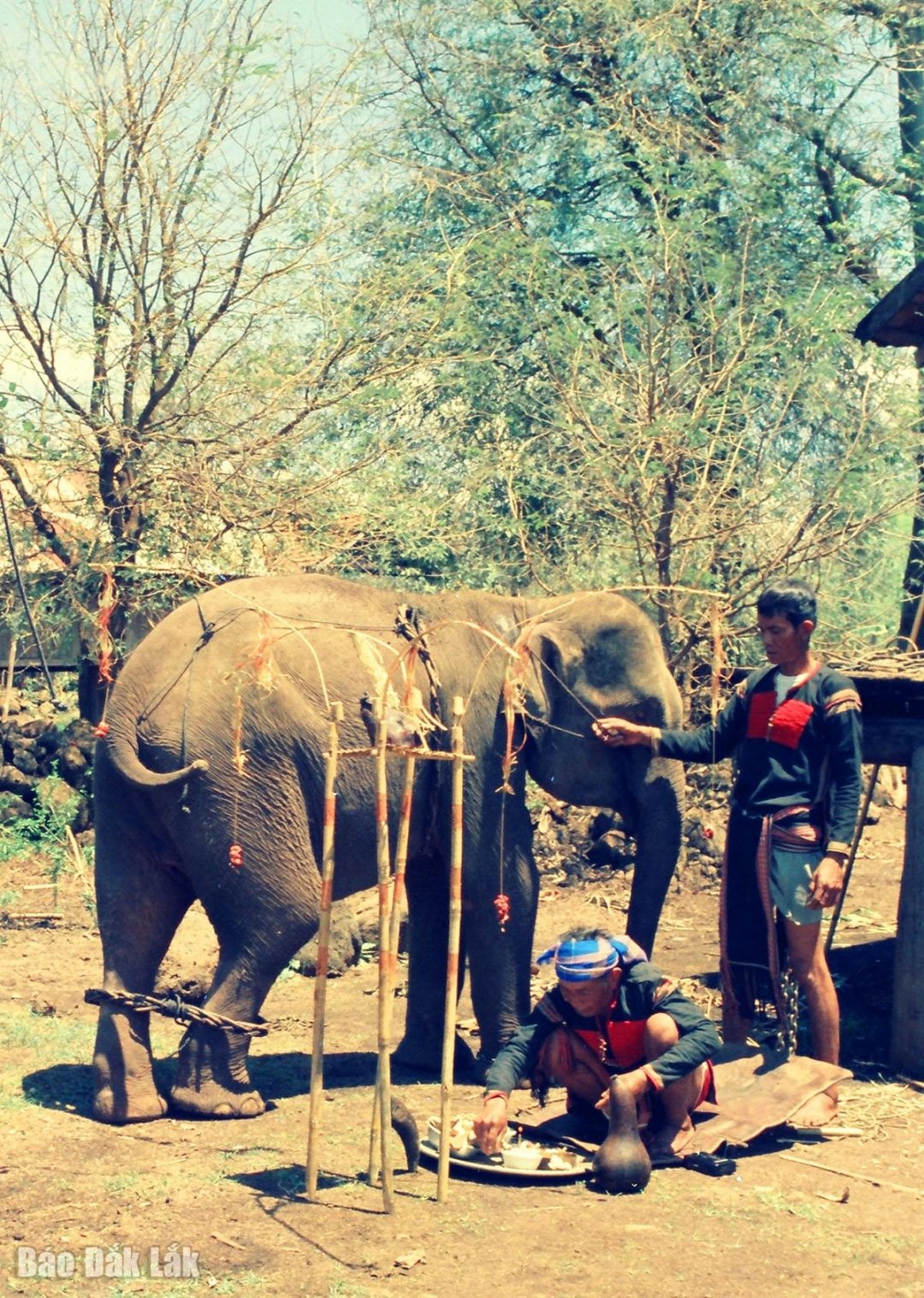 |
| Elephant worshiping ceremony of the M'nong Preh ethnic group. |
The M'nong people possess a huge treasure of rhymed words (Nao m'pring). This is a means of transmitting and popularizing folk knowledge about livelihood such as hunting, gathering, farming experience, crops, animal husbandry, seasons and social behavior. Rhymed words are expressed and applied in many types of folk culture such as epics, myths, legends, folk songs, proverbs, especially in the ancient epics (ot n'drong) of the M'nong people. One can see a vivid, colorful picture of the legend describing the elephant in the epics; folk songs, proverbs, idioms... with rhymes, borrowing the image of the elephant through metaphors, comparisons with profound meanings to teach community behavior; prayers/prayer to the gods related to elephant farming, hunting and taming wild elephants...
According to the beliefs of the M'nong people, the elephant is the most important animal among animals. They believe that the elephant god (Ngauch Ngual god) and the elephant soul are the biggest and most important, managing and raising the elephant herds in the forest and the herds of domestic elephants in the village. This god is considered a god of fortune, the one who brings luck and happiness to the people. In the traditional festival activities of the M'nong people, no form of worship is as important as the form of worshiping the elephant. There are many types and forms of elephant worshiping rituals: worshiping before hunting, worshiping while hunting in the forest; worshiping when the elephant is newly bought; worshiping when the elephant is imported into the village; worshiping to name the elephant; worshiping the health of the elephant; worshiping newly made elephant hunting tools; worshiping when the elephant is sick; worshiping to pray for the elephant's regular blessings; worshiping when the elephant is sold; worshiping when the elephant gives birth; worshiping when the elephant is lost; worshiping when the elephant is found again; worshiping when the elephant's tusks are cut; worshiping when the ivory is sold; worshiping when the baby elephant starts to learn to carry loads...
The M'nong ethnic group created many sculptures on the theme of elephants. The most prominent is the image of ivory in the tomb with the motif of a pair of ivory tusks mounted on a bronze pot, a pair of peacocks perched on a pair of ivory tusks, a pair of ivory tusks and fern... These decorative patterns are truly sculptures that bear many marks, closely associated with the soul and feelings of the population living by hunting and taming wild elephants, once famous in Buon Don. The patterns of ivory, peacocks, and bronze pots express the theme more clearly: if ivory represents power, bronze pots speak of prosperity and peacocks express brilliant, noble beauty. In these patterns, ivory is in the central position. All exude harmony with the rustic, simple sculptural language, the lines and shapes are both gentle and strong, distilling the main points of the closest, most precious things to create a beautiful symbol.
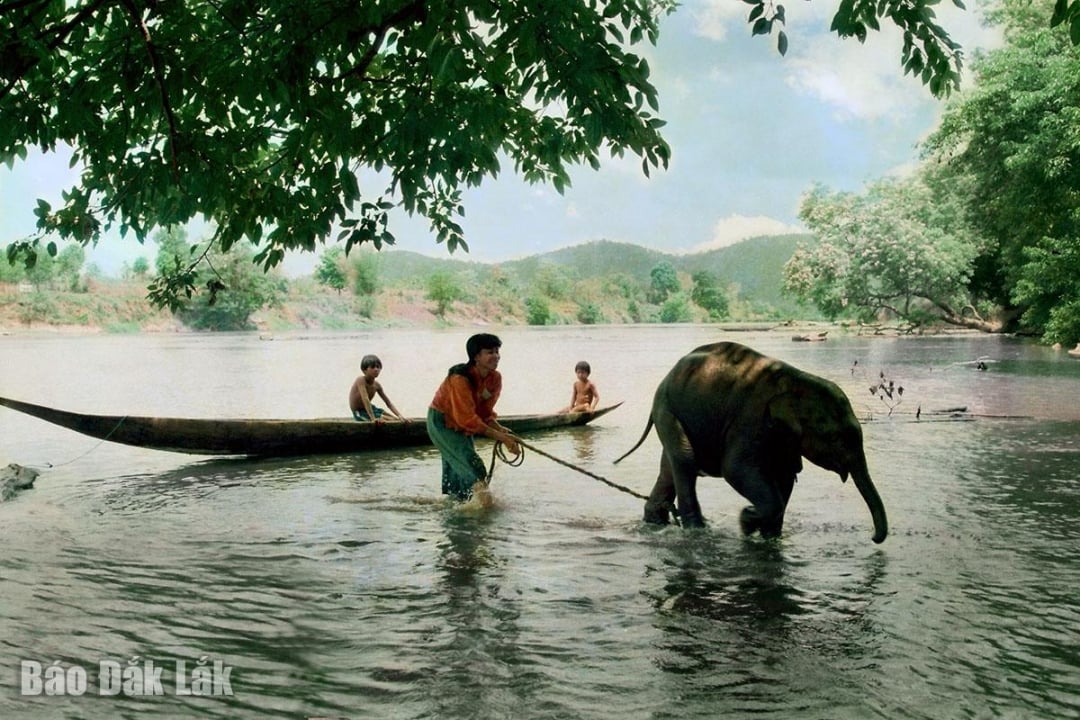 |
| Baby elephant at Tri village wharf. |
If wild elephants and domesticated elephants are unique natural resources of Dak Lak province, the tangible and intangible cultural heritages related to elephants of the M'nong ethnic group are unique human resources, contributing to creating unique values, tourism potential and culture of the locality.
Researching and collecting human heritages related to elephants, especially intangible cultural heritages such as rhymes, festivals, customary laws, folk knowledge, sculpture, performance art, traditional costumes... related to elephants is a necessary and urgent task to preserve and promote valuable heritages, serving the development of culture and tourism in the locality; at the same time, contributing to providing folk knowledge that can be applied in the conservation of wild elephants and domesticated elephants in the face of the current risk of decline in numbers.
Source: https://baodaklak.vn/van-hoa-du-lich-van-hoc-nghe-thuat/202508/con-voi-va-nhung-di-san-van-hoa-cua-dan-toc-mnong-3d6033f/


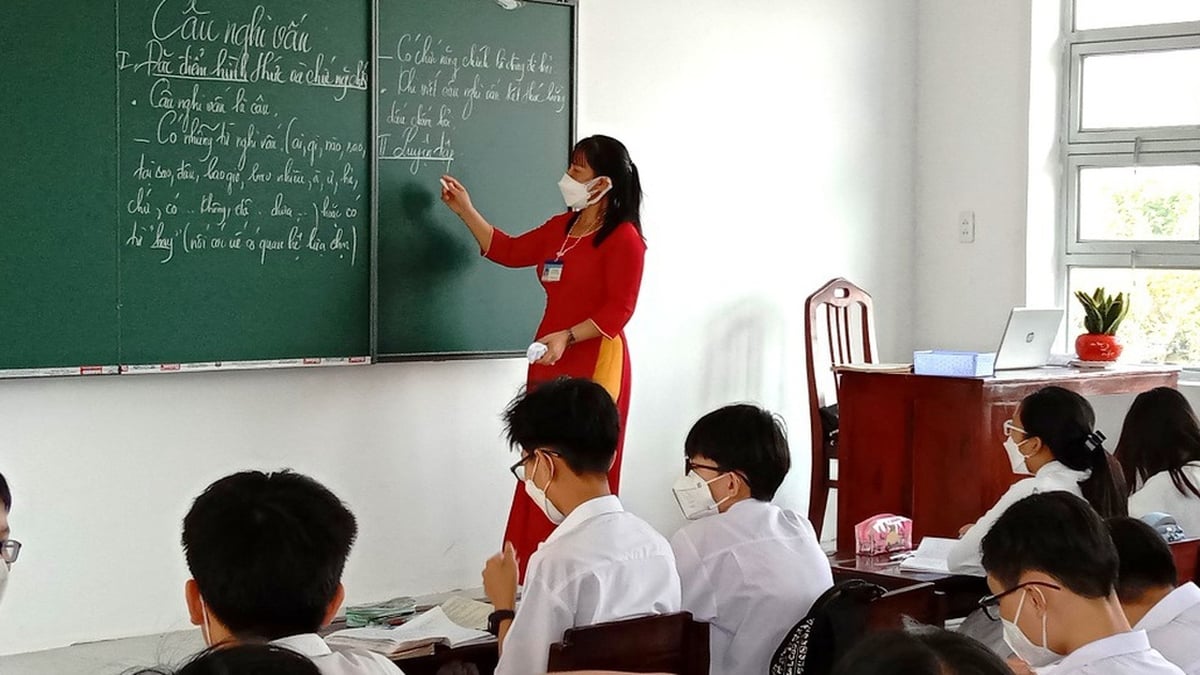
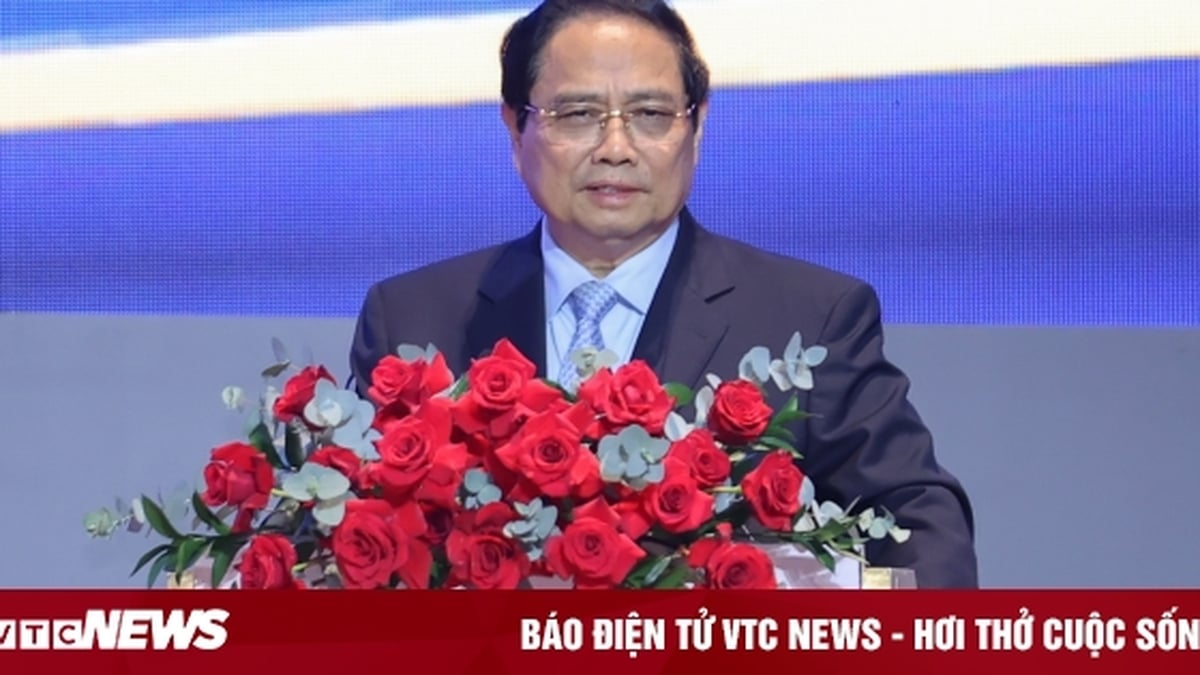
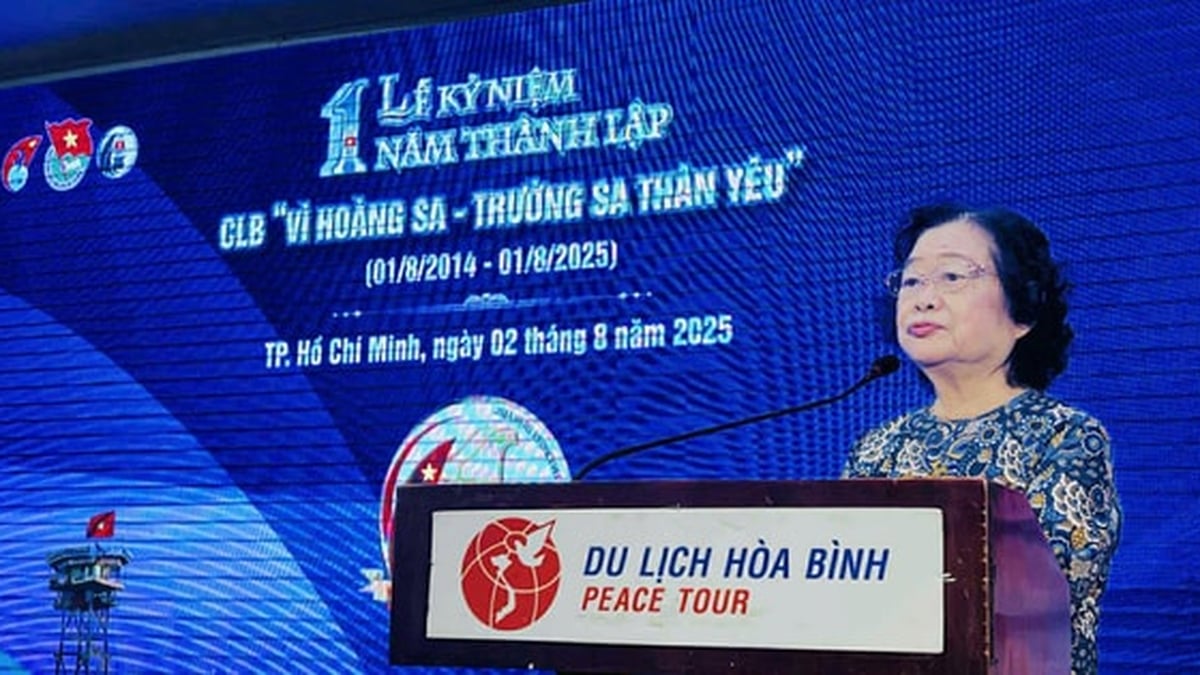
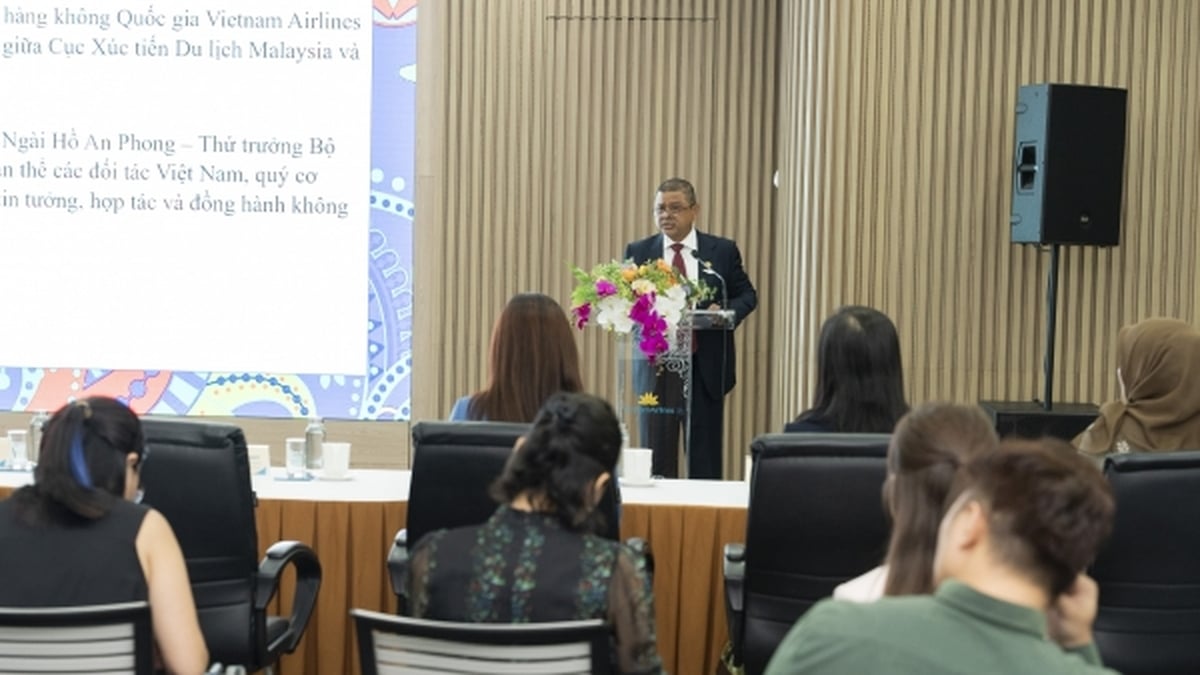
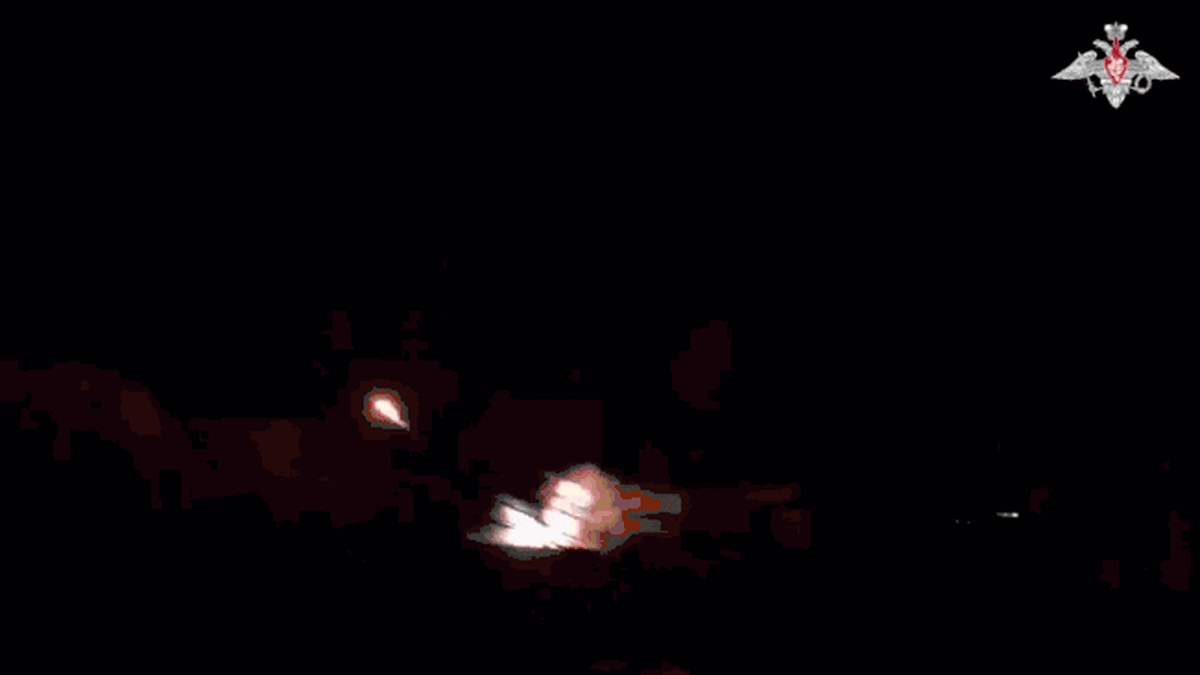


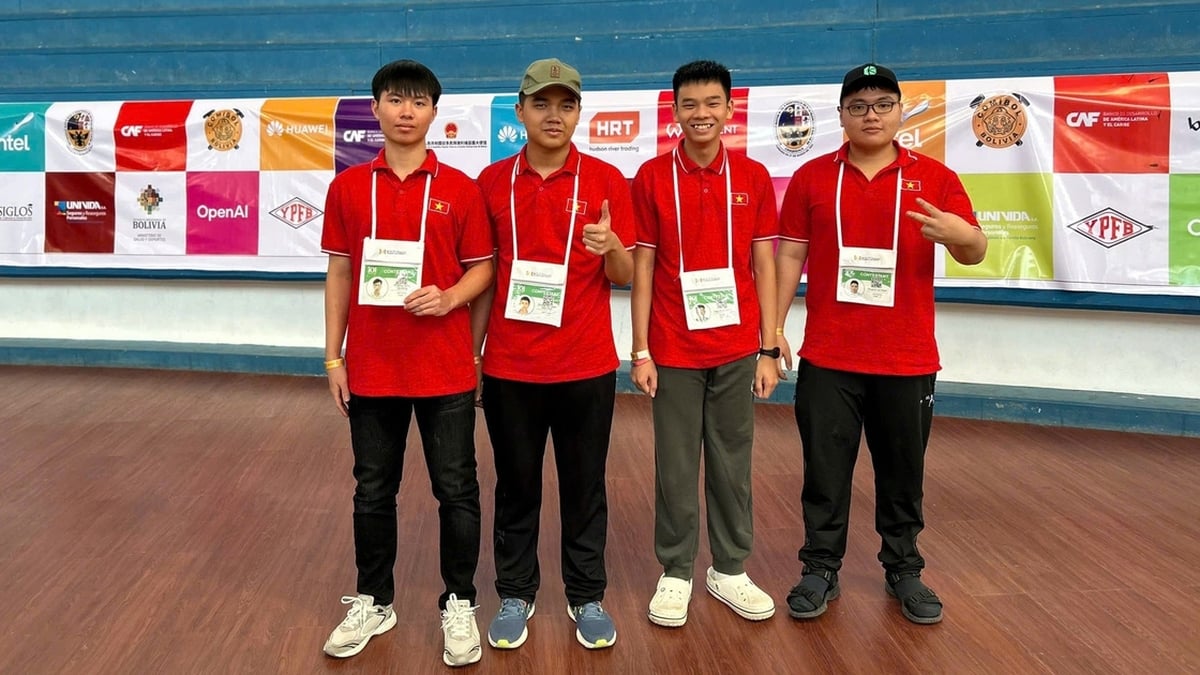





















































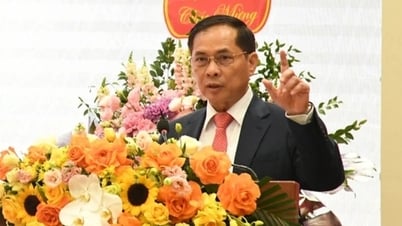





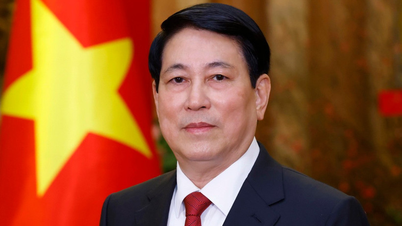
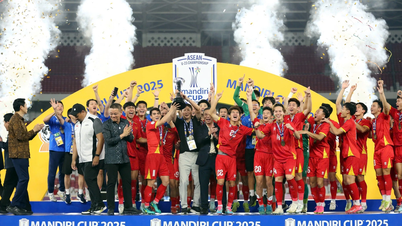
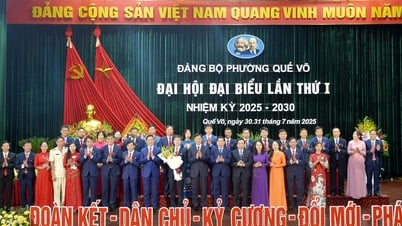

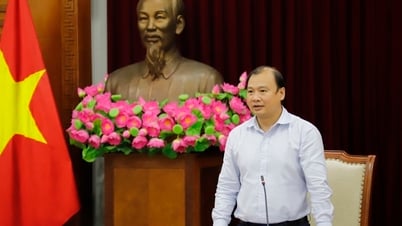

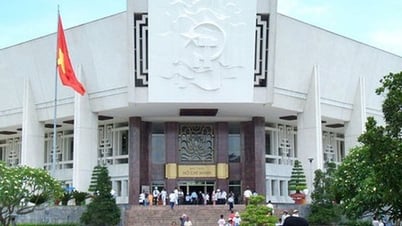



























Comment (0)